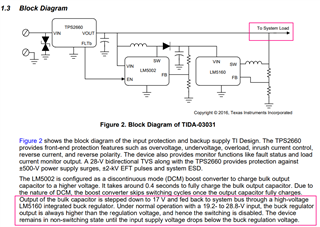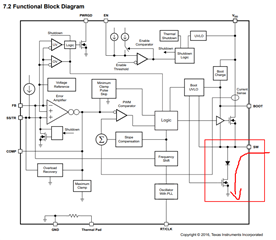Other Parts Discussed in Thread: LM5160, TPS2660, TPS2663, LM5146, LM5145, LM76005, TPS54561
Hi Sir,
We would like use TIDA-03031 design in a 70W application.
Would you help recommend another bulk regulator solution?
LM5160 and TPS2660 have 2A output max only that don't meet requirement.
Thank you
Amos.




